Aston Martin has raced the world’s first hydrogen-powered race car in an FIA-sanctioned event, completing the first race-pace zero-emissions lap of the Nürburgring in the process with technology that could feasibly be adapted to its road cars in the future.
The Aston Martin Hybrid Hydrogen Rapide S competed in the Nürburgring 24 Hours at the weekend, where it completed laps on hydrogen power alone both in qualifying and at the front of its class at times during the rain and fog-affected event.
The project was born one year ago when Aston Martin was approached by its technology partner, Alset Global, an advanced powertrain specialist that wanted to showcase its ability to adapt petrol engines to run on hydrogen.
Aston was keen, but rather than limit it to a road car demonstrator, the decision was taken to put it in a racer “to find out the limits and boundaries of the technology by racing it”, Aston’s special projects and motorsport director, David King, told Autocar.
“We have an eight-year history of using the Nürburgring 24 Hours race for engineering challenges,” he said. “Alset’s technology seemed plausible, so we decided to try and race it.”
The brief included completing a whole lap of the Nürburgring at race pace using purely hydrogen. A Rapide S was chosen because it offered the most packaging space for the four hydrogen tanks and because it would be the model most likely to be fitted with the technology should a road car application follow.
The Rapide S race car is essentially a road-going version with a stripped-out interior, stiffened suspension and an added rollcage.
The hardware changes necessitated by the hydrogen adaptation add about 80kg to the Rapide S’s weight. But King points out that this is considerably less than the weight of batteries that would be needed to complete a flat-out lap of the ’Ring on electric power, the other way of achieving zero tailpipe CO2 emissions. The overall weight of the car is about 1600kg.
King describes those hardware changes as being “relatively straightforward” alterations. A whole re-engineering of the Rapide S was certainly not needed.
Four hydrogen fuel tanks have been added: two over the rear axle and two where the passenger seat would be. These hold 3.3kg of hydrogen at 350bar, enough for about a lap and a half of the 16.1-mile Nürburging circuit (Nordschleife and grand prix circuit combined), and the equivalent of about 15 litres of petrol.





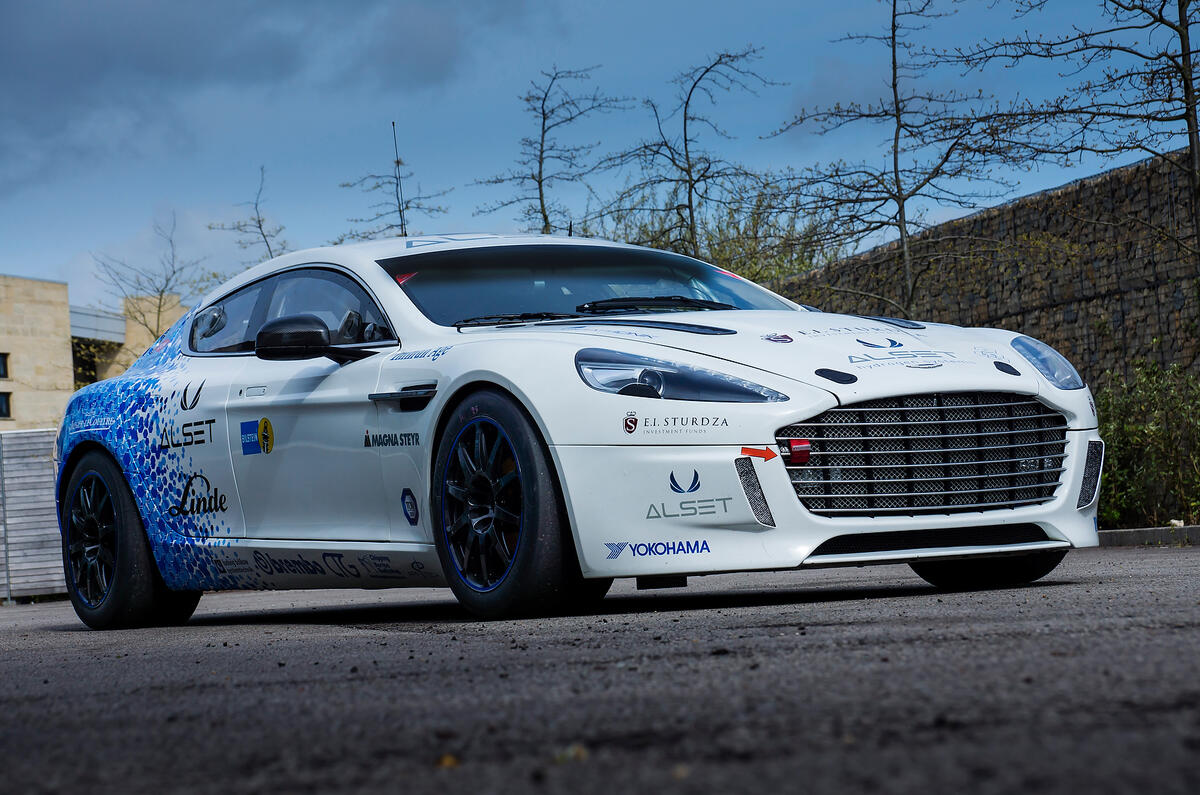
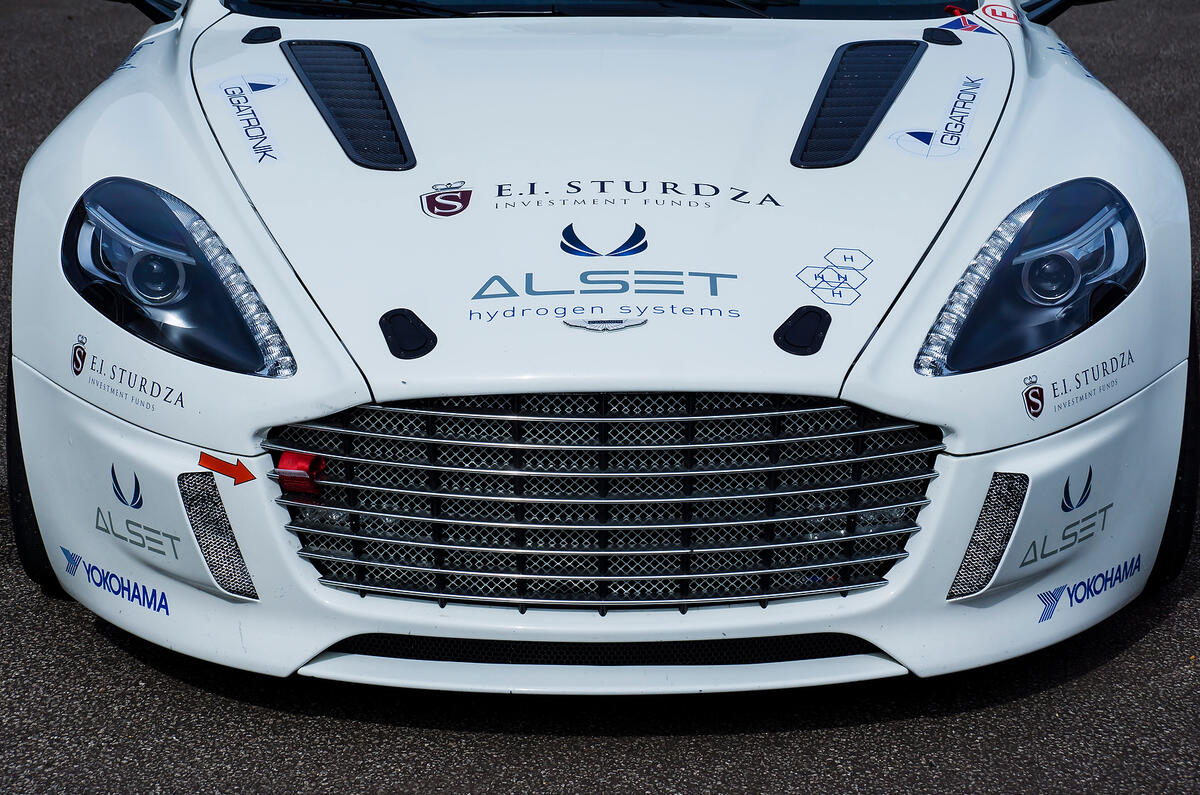
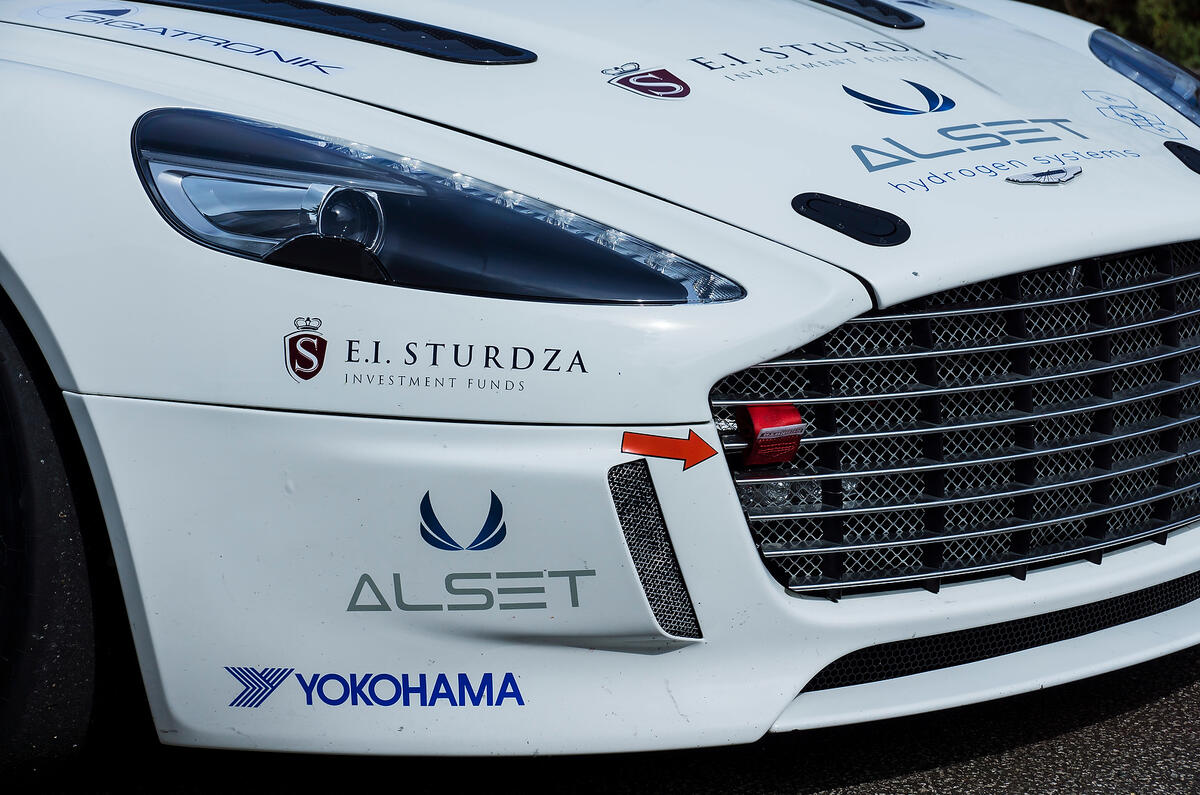
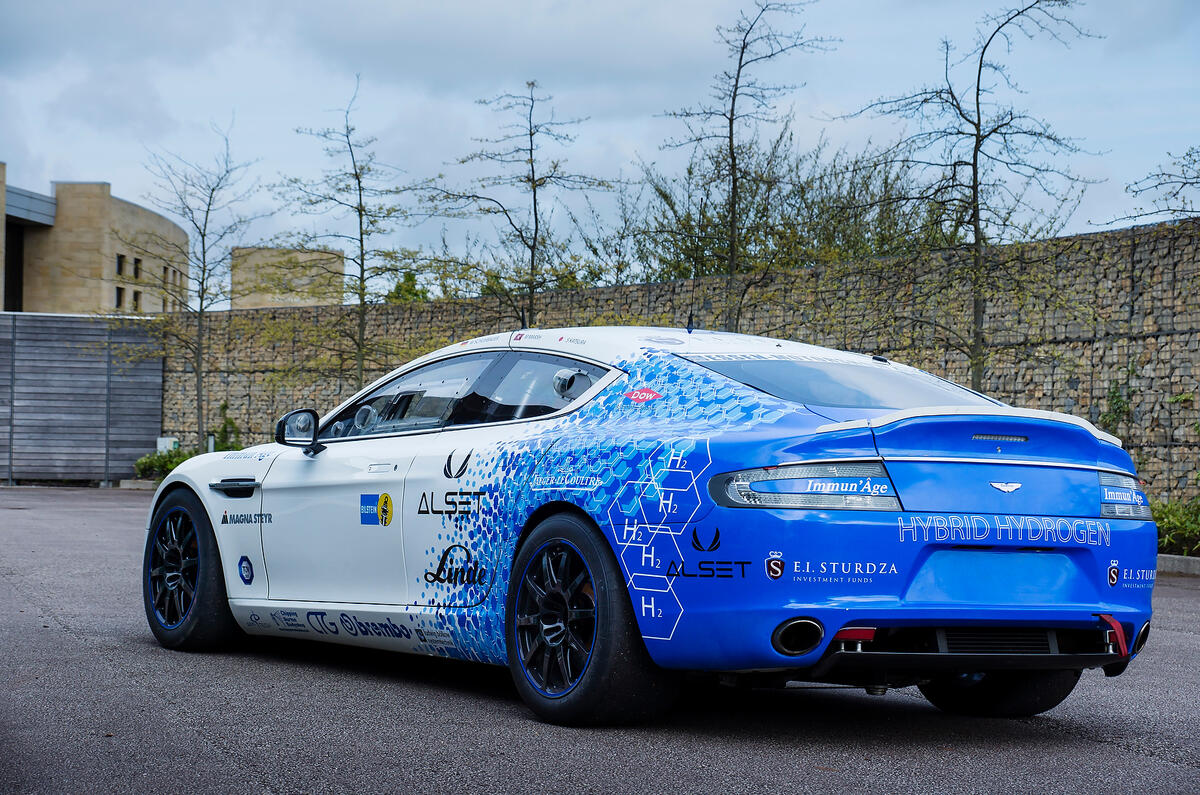

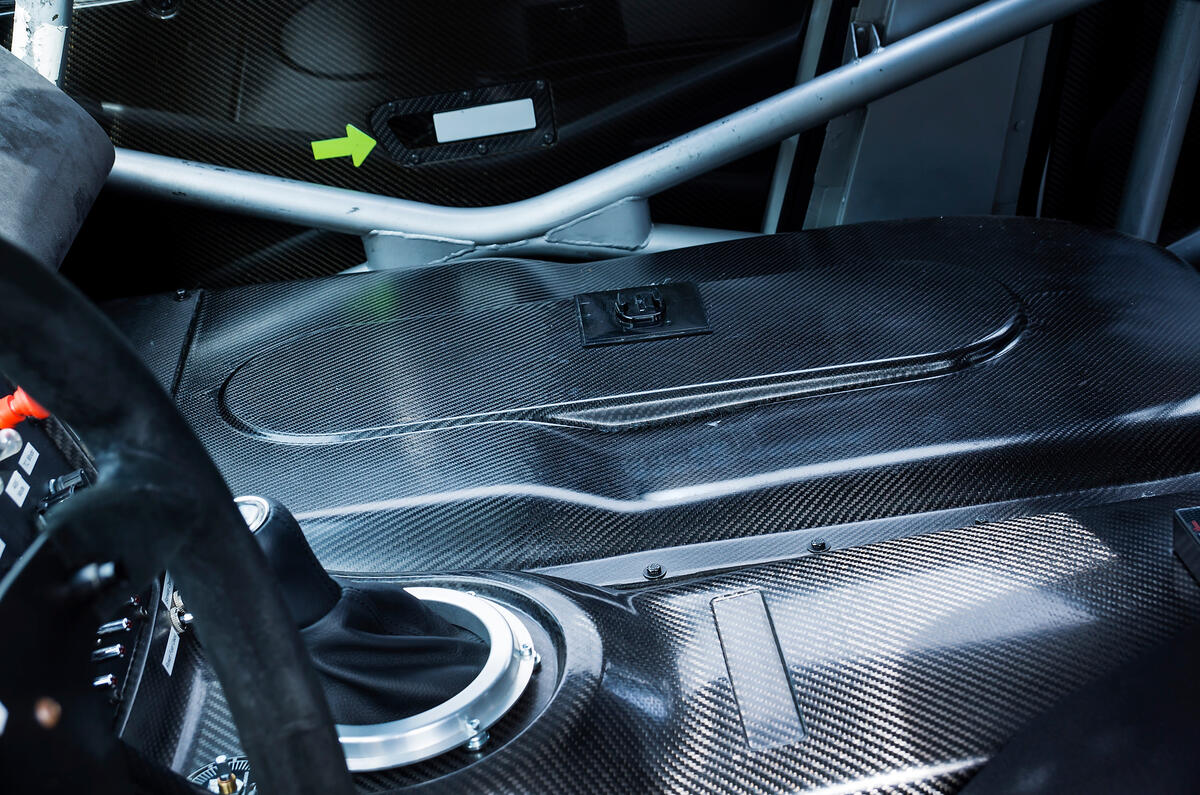









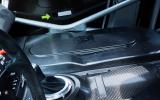






Join the debate
Add your comment
ASTON MARTIN TURBOCHARGED V12 ENGINE
I include myself with those others who believe that hydrogen fuel is the preferred - most logical - route of all the “alternative” fuels.
The “SPOTLIGHT” article (pages 28/29, of the 22 MAY 2013 issue), documenting Aston Martin’s Rapide S - fuelled by hydrogen - and, competing at the Nürburgring 24 Hours event, was therefore of particular interest.
However, hidden away in the copy of the article was a very interesting detail, of more immediate interest and possible application than the (experimental) use of hydrogen fuel.
It is reported that Aston took the opportunity to “ . . fit a pair of turbochargers to the V12 engine for the first time”, and that other changes included “ . . a revised intake manifold”.
Aston were required to adhere to the “rules of the Nürburgring 24 Hours event (that) limit power outputs to 550bhp”. However, it is suggested that freed from such constraints, the now possible option of the Aston Martin V12 engine to be fitted with a pair of turbochargers, is a prospect that would be seriously considered by a significant number of potential Aston Martin customers . . . . amongst which I can NOT - unfortunately - include myself!
Zero emissions
The idea of any form of propulsion, short of gravity and self-propulsion, as producing zero-emissions is a pipe-dream. However, it is nice to see a small company like AM testing hydrogen as an alternative.
It's a shame that some insist on seeing the glass as half empty.
Zero Emissions?
It would be interesting to hear how much energy went in to obtaining, storing and transporting the hydrogen. I imagine it will be very far from zero emissions.
Clarkey wrote: It would be
It doesnt really matter how high the emissions are as long as they are not at street level on public roads.
Zero Emissions is Easy
My partners have Wind Farms producing just under 2000MW/hr (or 2 million homes). Off peak prices for Electricity more than justify the use of this energy to Power a distributed network of Hydrogen Generators as produced by the world's largest distributor of Hydrogen Gas.
In conclusion in this scenario, Wind produces the electrical energy required to generate Hydrogen, and the Hydrogen can be used for "instant" energy output either in vehicles or as electricity on demand.
If you are interested in Hydrogen as a diverse Energy source, bear in mind that in the last week, GM, Honda and Toyota are making statements for production of Fuel Cell vehicles.
Simultaneously, Air products have unveiled a low cost containerised module for Hydrogen production - using Gas (or Electricity) sources for the process